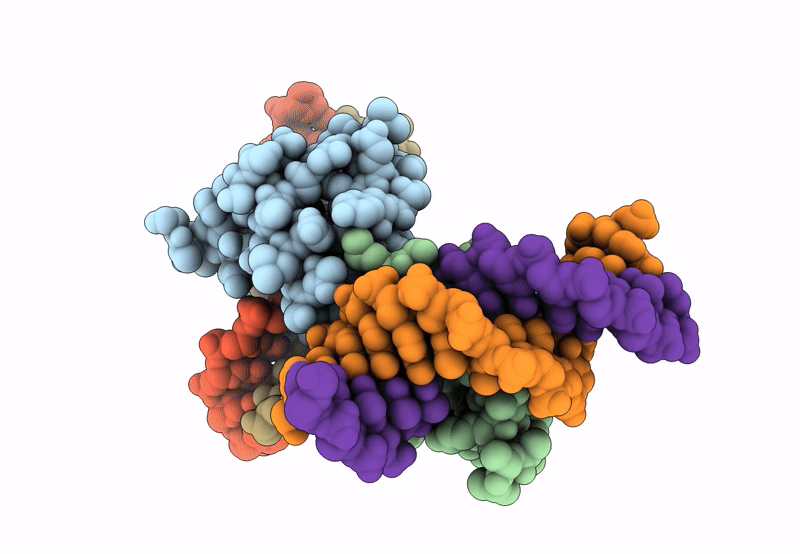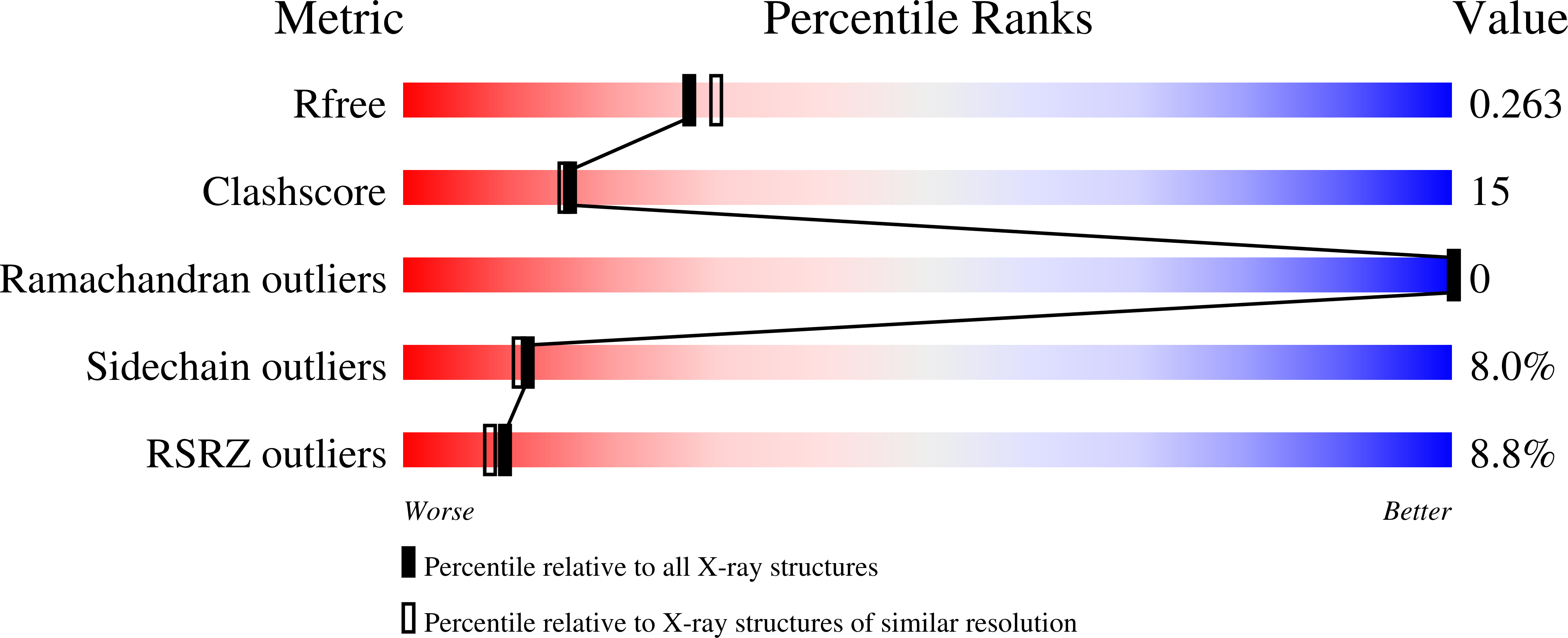
Deposition Date
2022-09-28
Release Date
2023-10-18
Last Version Date
2024-10-30
Entry Detail
PDB ID:
8EML
Keywords:
Title:
Crystal Structure of Gsx2 Homeodomain in Complex with DNA
Biological Source:
Source Organism:
Mus musculus (Taxon ID: 10090)
Host Organism:
Method Details:
Experimental Method:
Resolution:
2.21 Å
R-Value Free:
0.26
R-Value Work:
0.22
R-Value Observed:
0.22
Space Group:
P 1 21 1


